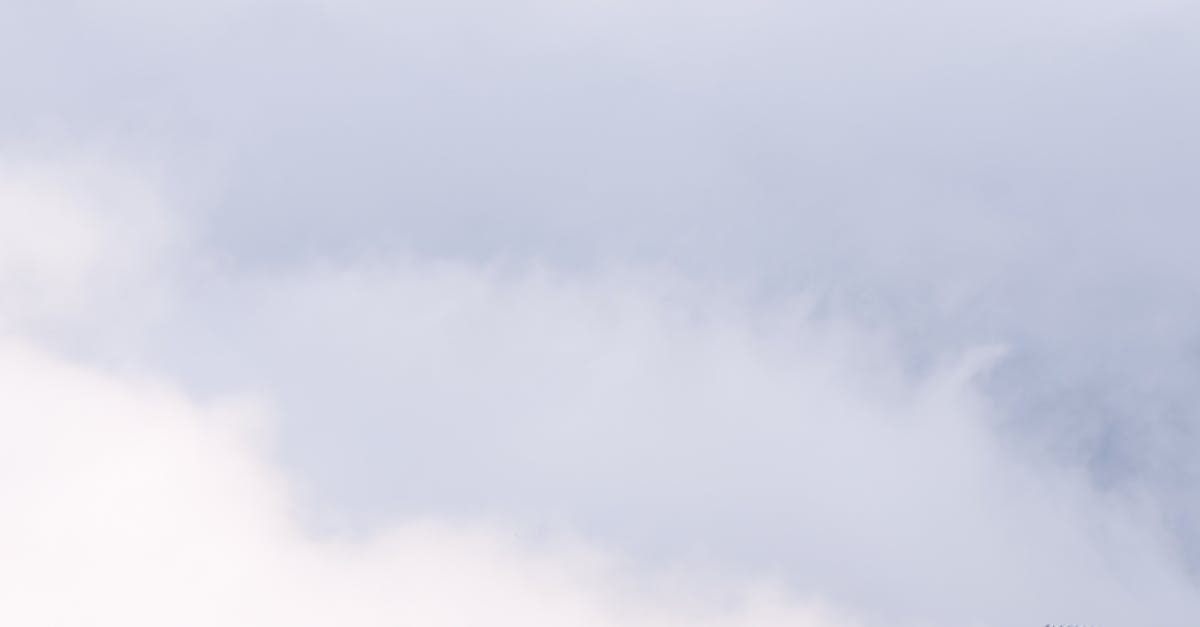
Table Of Contents
Copyright © Metal Roof Replacement Melbourne. All rights reserved.
on. Additionally, check for any visible gaps or openings that may compromise the roof's integrity. Addressing these issues during the inspection process will help maintain the durability and longevity of the metal tile roofing system.Exploring the Cost Factors of Corrugated Metal Roofing
Checking for Proper Installation
To ensure that the metal tile roofing has been properly installed, a close inspection is essential. Begin by checking for any misaligned or improperly secured tiles. Each tile should fit snugly against its neighbors, forming a seamless and watertight barrier. Look out for any gaps or overlaps that may indicate incorrect placement.Factors That Influence Pricing and Budget Considerations
Additionally, examine the fastenings of the tiles to the roof structure. Nails or screws should be securely in place and not protruding, which can potentially cause damage or introduce weak points in the roofing system. Adequate fastening is crucial to withstand harsh weather conditions and ensure the longevity of the roof.Comparing Corrugated Metal Roofing to Other Roofing Options
Cleaning Up
After the metal tile roofing has been successfully installed and inspected for proper installation, it is crucial to focus on the cleaning up process. This step ensures that the roofing area is free of any debris or unused materials that may pose safety hazards or affect the overall appearance of the roof. It is important to remove all tools, equipment, and leftover materials from the work area to leave the roof in a clean and presentable state.Understanding the Pros and Cons in Relation to Alternative Roofing Materials
Start by carefully collecting and disposing of any debris such as metal scraps, packaging materials, and other waste generated during the installation process. Use a broom or vacuum to clean up any loose dirt or dust on the roof surface. Additionally, check the gutters and downspouts for any debris that may have accumulated during the installation. By thoroughly cleaning up the roofing area, you will not only ensure a neat and tidy finish but also maintain the longevity and performance of the metal tile roof.FAQS
Removing Debris and Unused Materials
After completing the installation of your metal tile roofing, it is essential to carry out a thorough cleanup to remove any debris and unused materials from the worksite. This final step not only ensures a neat and tidy finish but also eliminates potential safety hazards that may arise from scattered materials.What is the pitch requirement for corrugated metal roofing?
Commence by gathering all leftover pieces of metal, tile, sealant tubes, and any other discarded materials and place them in designated waste disposal bags or containers. Be meticulous in clearing the area surrounding the roof to prevent any objects from hindering the functionality of the newly installed roofing system. Additionally, sweep the entire area to remove any loose debris and ensure a clean and polished look for your metal tile roof.
FAQSHow does the pitch of the roof affect the installation of corrugated metal roofing?
Can I install metal tile roofing on my own?
While it is possible to install metal tile roofing on your own, it is recommended to hire a professional to ensure proper installation and to prevent any potential issues in the future.Can corrugated metal roofing be installed on low-pitch roofs?
How important is sealing the roof during the installation process?
rom the roof. This helps maintain the appearance of the roof and prevents potential hazards.Corrugated metal roofing is a popular choice for many homeowners due to its durability and longevity. However, energy efficiency is a crucial aspect that shouldn't be overlooked. To enhance the energy efficiency of corrugated metal roofing, one effective strategy is to utilise insulation materials. By adding insulation beneath the metal panels, heat transfer can be reduced, which helps in maintaining a comfortable indoor temperature all year round.
How often should I inspect my metal tile roofing after installation?Another way to boost the energy efficiency of corrugated metal roofing is through the application of reflective coatings. These coatings help in reducing heat gain by reflecting sunlight away from the roof surface, thereby lowering the overall cooling costs during hot weather. Additionally, these coatings can prolong the lifespan of the roofing material by protecting it from UV radiation and other environmental factors. By implementing these energy-efficient solutions, homeowners can not only reduce their energy bills but also contribute to a more sustainable living environment.
It is recommended to inspect your metal tile roofing annually to check for any damage, loose tiles, or signs of wear. Regular maintenance can extend the lifespan of your roof.Utilising Insulation and Coating Options for Improved Thermal Performance
Insulation and coating options play a crucial role in enhancing the thermal performance of corrugated metal roofing systems. By utilisin